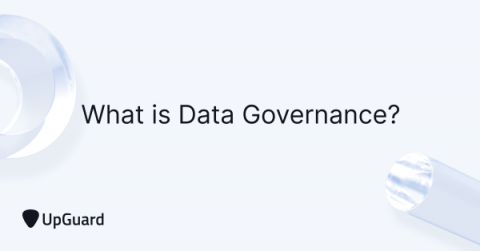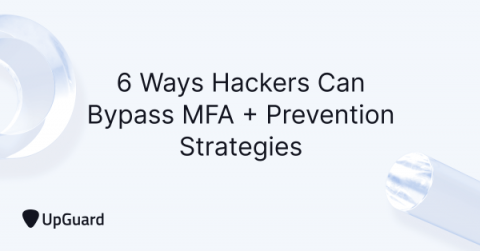6 Ways Finance Companies Can Prevent Data Breaches
The financial industry is no stranger to data breaches. Financial institutions have access to millions of personally identifiable information (PII) records, which they must secure to the highest standard. The value of this data is open knowledge – hackers will actively search for existing cybersecurity weaknesses to gain unauthorized access to customers’ financial information.











